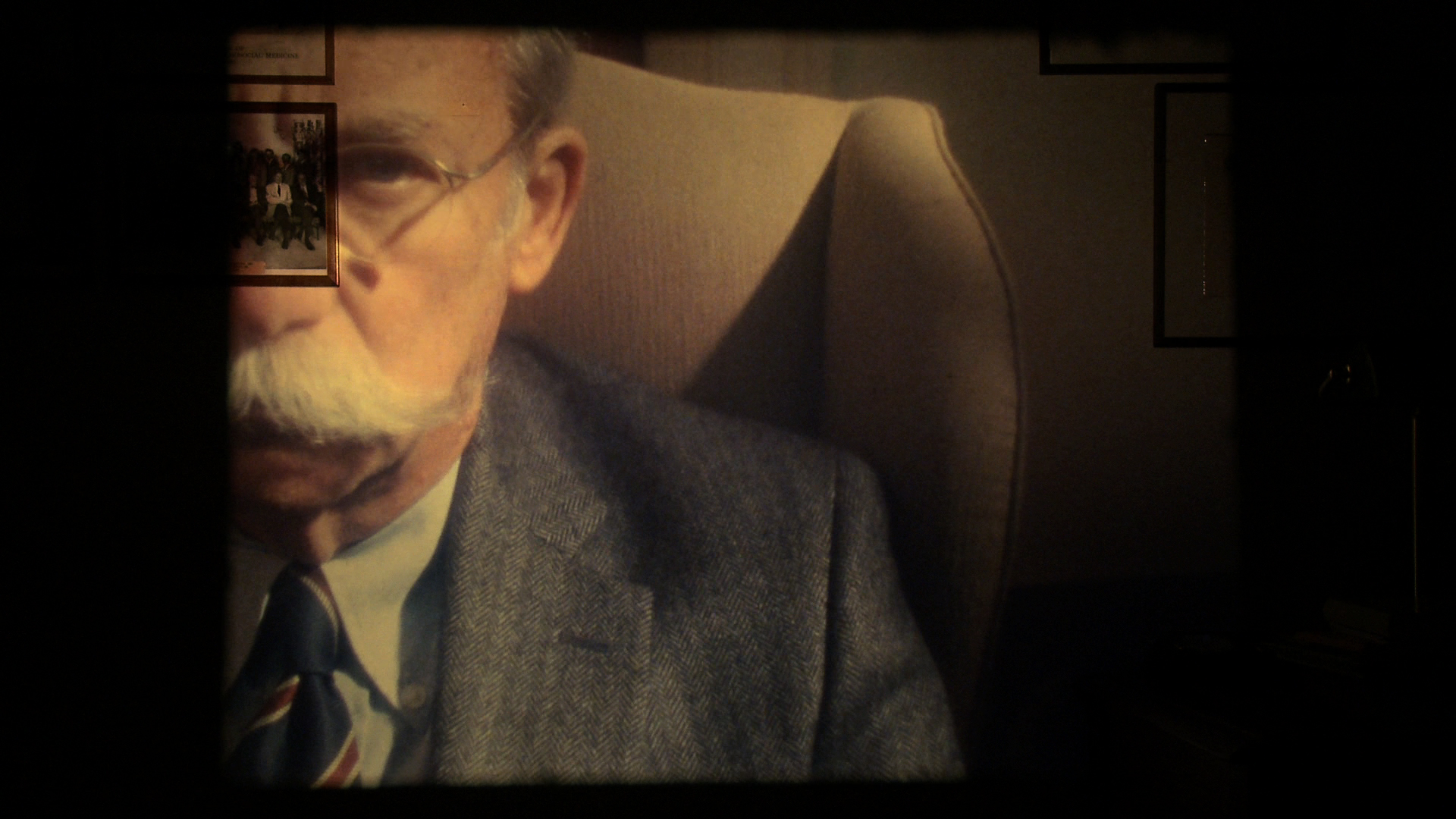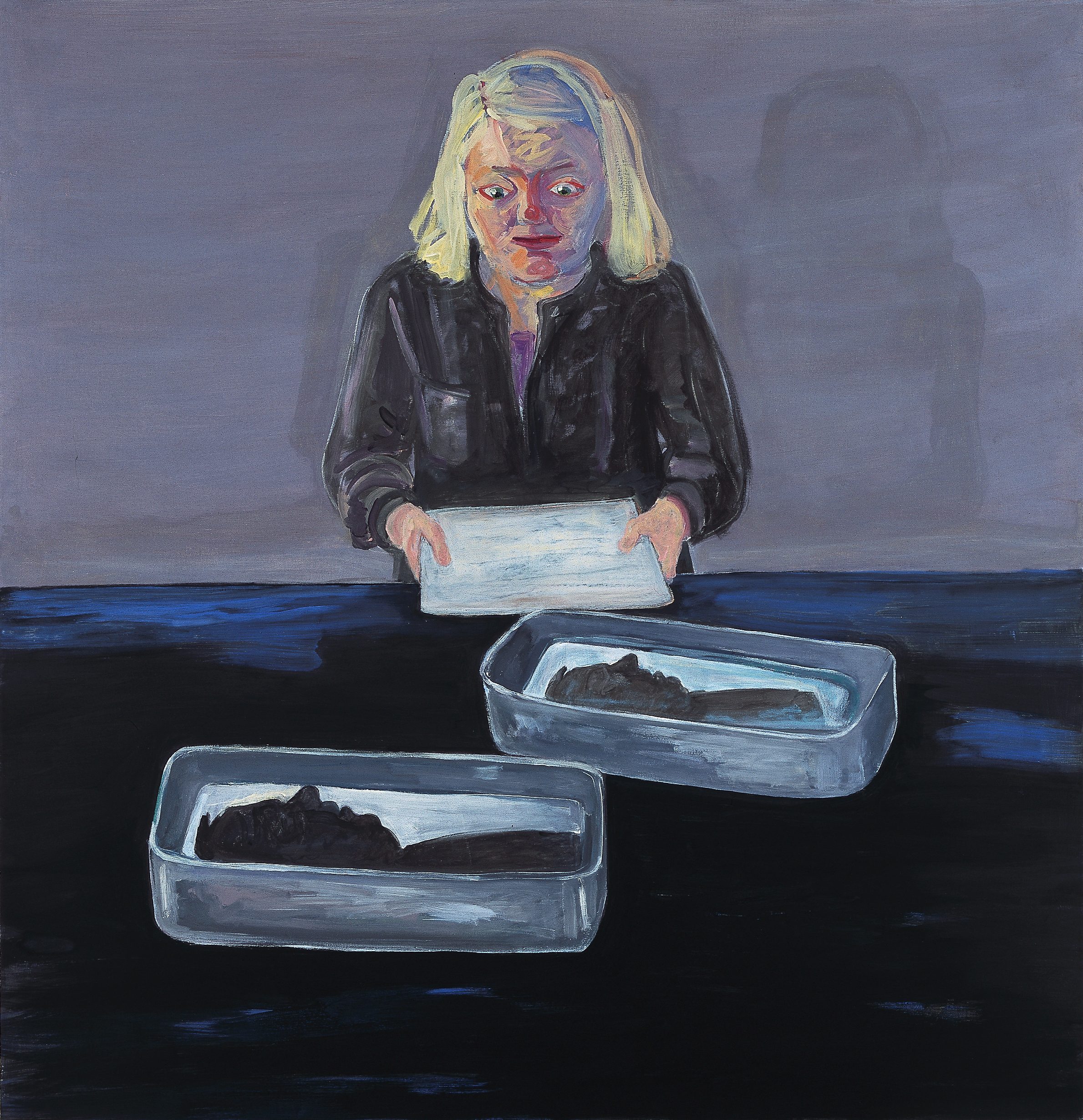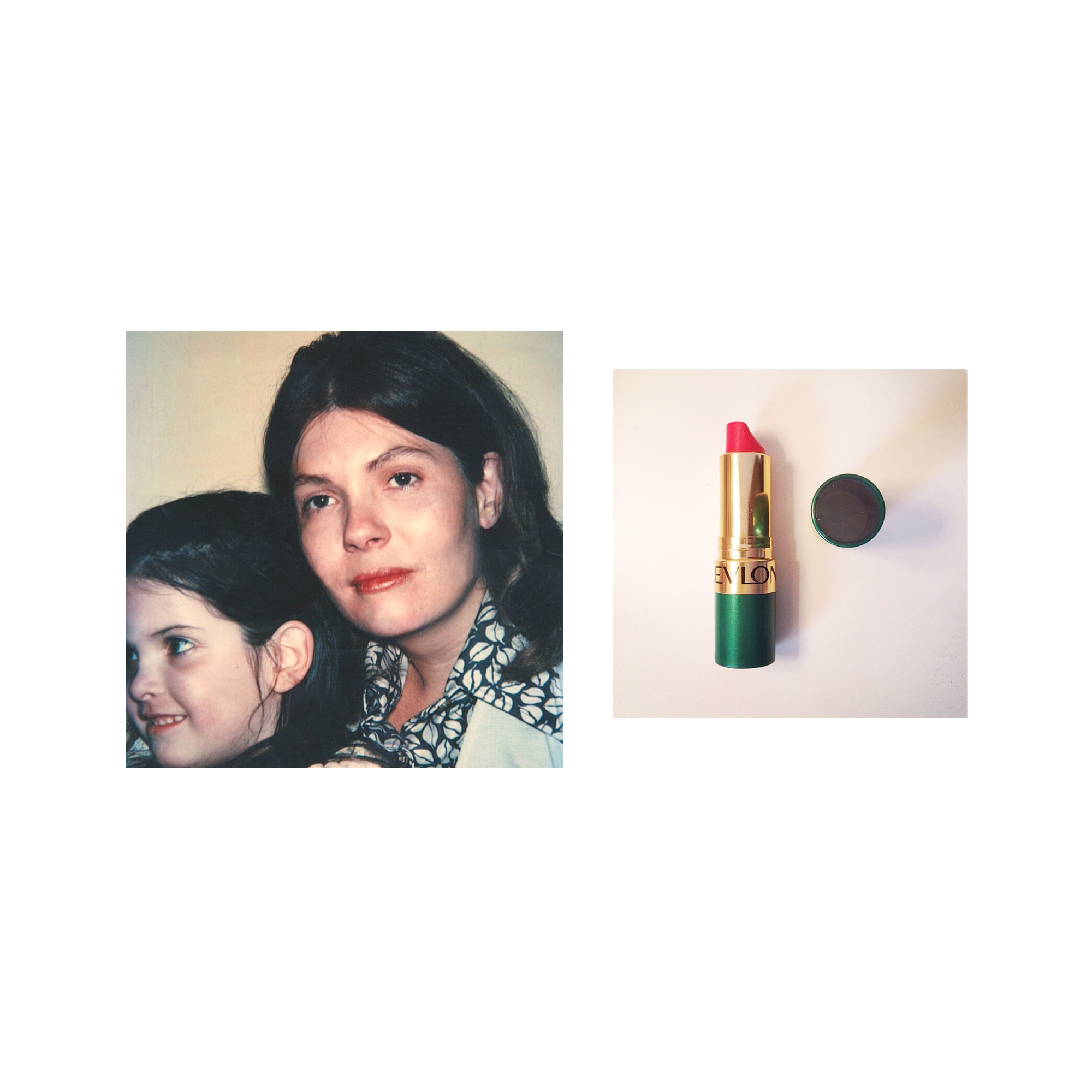Planning this exhibition began long before the Covid-19 pandemic. From the beginning, the idea was to examine our relationship to portraits and objects that remain after someone has passed away and how mourners can use these as tools in the grieving process. The issue of mourning was given new urgency once death became a daily occurrence and the world began to follow curves that represented thousands of lives that had come to an end. We now think of this exhibition as a place where we can talk about grief together. For if an artwork can allow us to imaginatively identify with someone’s mourning, we might then also more easily conceive of others identifying with our own. Thus, we might become less alone in grief; the work of mourning may be done collectively.
The Work of Mourning
2 sep1 nov 2020
Artists
- Alejandro Cesarco
- Berit Lindfeldt
- Felix Gonzalez-Torres
- Jennifer Loeber
- Jonas Dahlberg
- Lena Cronqvist
- Nadine Byrne
Artist Nadine Byrne’s mother died shortly before she began her studies at the Royal Institute of Art in Stockholm. Her oeuvre bears the scars of loss and in early works she makes use of fabrics her mother left behind. In the exhibition Byrne participates with a new work including video and spatial installations. The starting point for the video piece was a a series of meetings with a group of artists and cultural practitioners whose mothers have passed away—a group she put together herself. Together they discussed how grief feels and how to live with it.
My own experience of losing a parent led to my interest in mourning and loss as a catalyst for artistic creativity and in how the permanent void that is grief can be expressed.
Nadine Byrne
When Uruguayan artist Alejandro Cesarco found out that his father, a doctor, had incurable lung cancer, he began filming him at his own medical practice. Shortly afterwards, Cesarco projected the images on the walls of his father’s work room and filmed them again. Titled Present Memory, the work involves a projection of a projection and this repetition creates a visual echo and a bittersweet sense of an absent presence. With this piece, the artist takes on the difficult challenge of transforming his father into a memory while he is still alive.

Lena Cronqvist created a series of paintings in 2001, Vita Ark (White Sheets), in which she mourns her recently deceased husband, the author Göran Tunström. In one of the paintings, Framkallning (Development) we see the artist bent over two baths of developing chemicals, holding a sheet of white photo paper in her hands. In the baths we can discern her husband’s profile and she stares at the silhouettes as if hypnotized – as though the development was an invocation that might bring him back.

Jonas Dahlberg’s Music Box can be described as a work of mourning. It is a close study of a music box found in the estate of his deceased father and that has been in the family for generations. The observer follows as the camera seems to seek something inside the box and occasionally we get so close to the object that it appears as its own universe. Jonas Dahlberg’s art has received worldwide attention due to another work that also is rooted in mourning: the Utøya memorial. A work he created in parallel with Music Box.
Artist Felix Gonzalez-Torres’s “Untitled” (Orpheus, Twice) refers to the Greek myth of Orpheus losing his love Eurydice. The myth is often described as a metaphor for artistic inspiration, as well as losing a loved one. The work consists of two full-length mirrors set into the wall and positioned next to each other. As the observer can only see oneself in one mirror at a time, the other mirror always remains endlessly inaccessible. Gonzalez-Torres created the work the same year he lost his partner Ross to an Aids-related illness.
After Jennifer Loeber’s mother suddenly passed away, she sorted through her possessions. She became obsessed with preserving even the most mundane objects, but instead of providing consolation they only caused more sorrow and anxiety. In order to get herself out of that state, she began interacting with her mother’s things, which led eventually to a photographic series titled Left Behind. Here she pairs together photographs of her mother with the things that had belonged to her.

When Berit Lindfeldt lost her son, work in the studio became a comfort and a refuge. “Here grief found an outlet in the materials available. I let the materials pass through my fingers and the result was everything possible: from constructive creations to lumps.” The grieving process has shadowed Lindfeldt’s art and in the exhibition we see a selection of sculptures that the artist considers significant for this time.

The common denominator for the artists in the exhibition is that they have lost someone, and that they in their work have given expression to this loss. They portray not just the deceased and their possessions, but also their absence. Regarding the paintings made after losing her life companion, Lena Cronqvist said:
Being an artist has surely helped a lot when it comes to handling my bereavement. If nothing else, it at least allows me to escape for a minute into my work. I guess that’s kind of what I was doing as I sat there alone, just painting and painting.
In this exhibition, we encounter grief and unbearable pain, but also acceptance, survival and love. These are personal topics, difficult to talk about and when words aren’t enough, art can provide the language we need. Or as Cronqvist says, “On the other hand, I have painted it. So I don’t really have to talk about it. It’s all there to look at.”